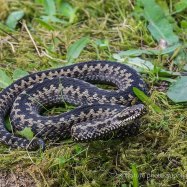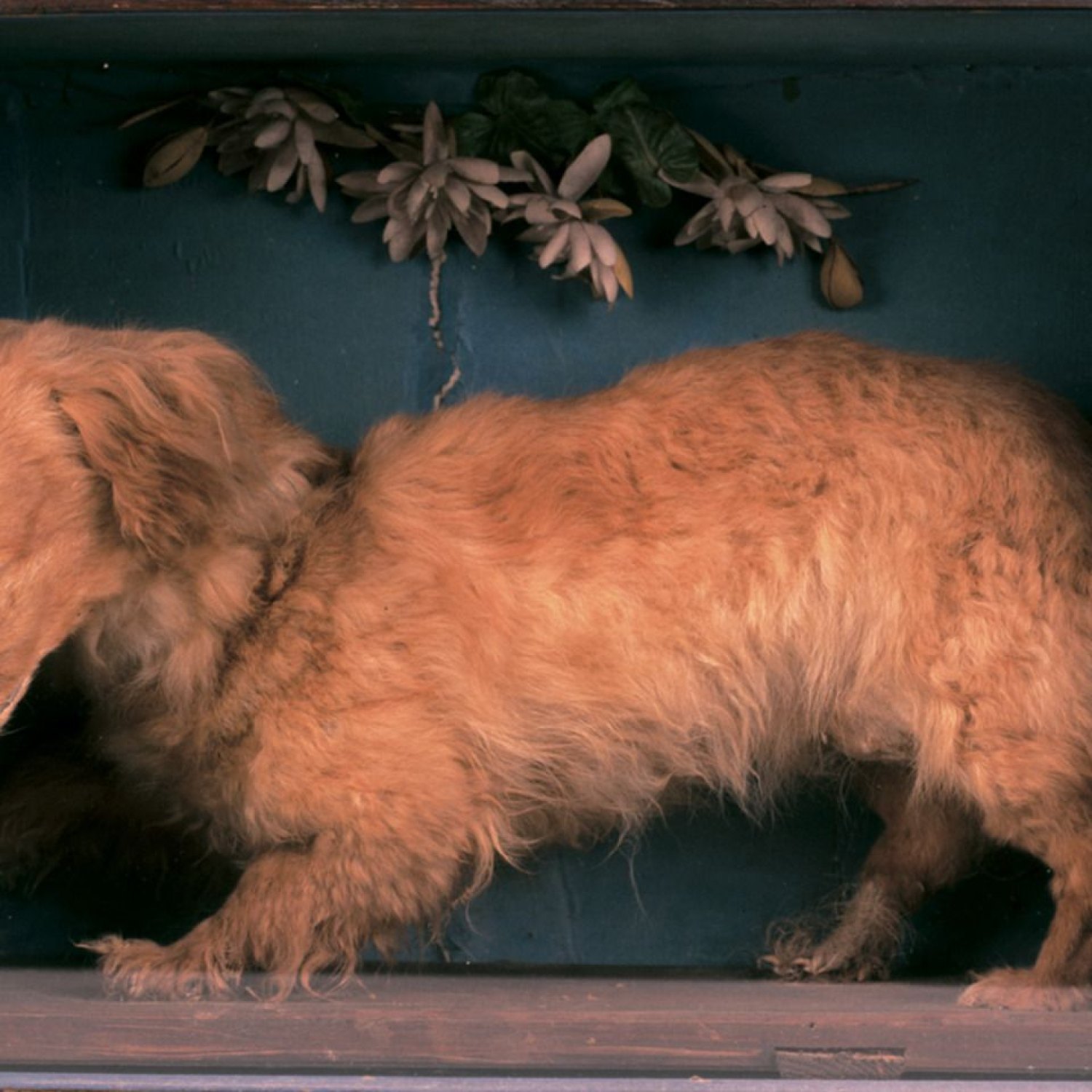
Turnspit
40-50 cm
Turnspit dogs, also known as the Kitchen Dog, were once a common sight in household kitchens. These medium-sized dogs were bred specifically for their ability to turn the spit, roasting meat over an open fire. Today, they are an extinct breed, but their legacy lives on in the modern kitchen tools we use today. The Turnspit name may be gone, but their culinary impact remains.
Animal Details Summary:
Common Name: Turnspit
Kingdom: Animalia
Habitat: Domestic
The Fascinating Story of the Turnspit: The Forgotten Working Dog of the Kitchen
In today's world, we often think of dogs as beloved pets and companions, but they have a long history of serving humans in various roles. One such role is that of the turnspit – a now-extinct breed of working dog that was once an essential part of many households' kitchens.The turnspit, also known by its scientific name Canis familiaris, was a medium-sized domestic dog that belonged to the Canidae family. They were found in domestic settings, primarily in Europe, and were used for their unique abilities in the kitchen Turnspit.
The History of the Turnspit
The turnspit's exact origins are unknown, but it is believed that they first appeared in the United Kingdom in the 16th century. They were mainly found in the kitchen of households, particularly in wealthy families, where they played a critical role in cooking meals.During this time, the cooking process involved using large open-fire rotisseries to roast meat. However, turning the spit manually was a tiring and time-consuming task, which often required two people to work together. This was not only a laborious process but also resulted in unevenly cooked meat.
To address this problem, the turnspit was bred and trained specifically for the task of turning the spit. These dogs were uniquely suited for the job, with their medium-sized bodies and strong legs that were perfect for running on a wheel that turned the spit.
They were also highly skilled at controlling the speed of the spit and ensuring the meat was evenly cooked. This allowed the cook to focus on other tasks in the kitchen while the turnspit worked tirelessly Tortoise.
The Life of a Turnspit Dog
While today's working dogs, such as guide dogs and police dogs, are well-recognized and highly valued, the turnspit dog was often overlooked and mistreated. They were considered low-status animals, and their primary role was to serve in the kitchen.These dogs spent long hours in the hot and cramped kitchen, running on the wheel, constantly turning the spit. They were not given the same affection and attention as pets and were often considered mere tools or equipment. This lack of consideration and care for their well-being led to turnspits being viewed as undesirable and expendable.
The Downfall of the Turnspit
As time passed, advancements in technology and cooking methods made the turnspit's role in the kitchen obsolete. In the 19th century, mechanical spit-turning devices were introduced, and by the early 20th century, the turnspit dog had disappeared from the kitchen altogether.As a result, many turnspits were abandoned, left to roam the streets, or suffered a worse fate at the hands of their owners. It wasn't until the 1900s that animal welfare laws were introduced, and the turnspit dog was given protection from cruelty.
Today, the breed of the turnspit no longer exists, as it was not a purebred but rather a type of dog bred for a specific task. However, some dog breeds, such as the Glen of Imaal Terriers, are believed to have descended from turnspit dogs and still pay tribute to their ancestors' working legacy.
The Legacy of the Turnspit
While the turnspit is no longer around, its legacy lives on in various ways. These humble dogs played a vital role in the development of cooking techniques and kitchen design. The turning wheel used by turnspits was the forerunner to the modern rotisserie, and their presence popularized the idea of a separate kitchen area in homes.Furthermore, their dedication and hard work serve as a testament to the special bond and mutual dependence between human and animal. The turnspit's willingness to work tirelessly in exchange for food and shelter is a bond that continues to exist between humans and dogs today.
The Fascination with Turnspits
Despite their disappearance, turnspits have continued to capture the public's imagination and have been featured in several books, plays, and movies. One such example is "The Turnspit Dog," a book written by Suz deMello, which tells the fictional story of a young girl who stumbles upon the last turnspit dog in existence.In recent years, there has also been a growing interest in reviving extinct dog breeds such as the turnspit. There have been discussions and efforts to recreate the turnspit's physical characteristics and temperament through selective breeding, though nothing concrete has been achieved yet.
The Forgotten Heroes of the Kitchen
The turnspit dogs may have been forgotten in history, but their contribution to our culinary development has been immense. They were the unsung heroes of the kitchen, working tirelessly behind the scenes to provide deliciously cooked meals for their human companions.Their story serves as a reminder of the important role that animals have played in our society and the need to treat them with respect and kindness. While the turnspit may have vanished, their legacy continues to live on, and their story serves as a reminder of their unique place in the history of animal-human relationships.
In conclusion, the turnspit may have been a forgotten breed, but their story is one that deserves to be remembered. Their determination, hard work, and dedication to their human companions make them truly remarkable and deserving of our admiration. So the next time you roast a chicken or a leg of lamb, take a moment to remember the humble turnspit dog and their contribution to the culinary world.

Turnspit
Animal Details Turnspit - Scientific Name: Canis familiaris
- Category: Animals T
- Scientific Name: Canis familiaris
- Common Name: Turnspit
- Kingdom: Animalia
- Phylum: Chordata
- Class: Mammalia
- Order: Carnivora
- Family: Canidae
- Habitat: Domestic
- Feeding Method: Carnivorous
- Geographical Distribution: Europe
- Country of Origin: United Kingdom
- Location: Historically: Kitchen of households
- Animal Coloration: Varied
- Body Shape: Medium-sized
- Length: 40-50 cm
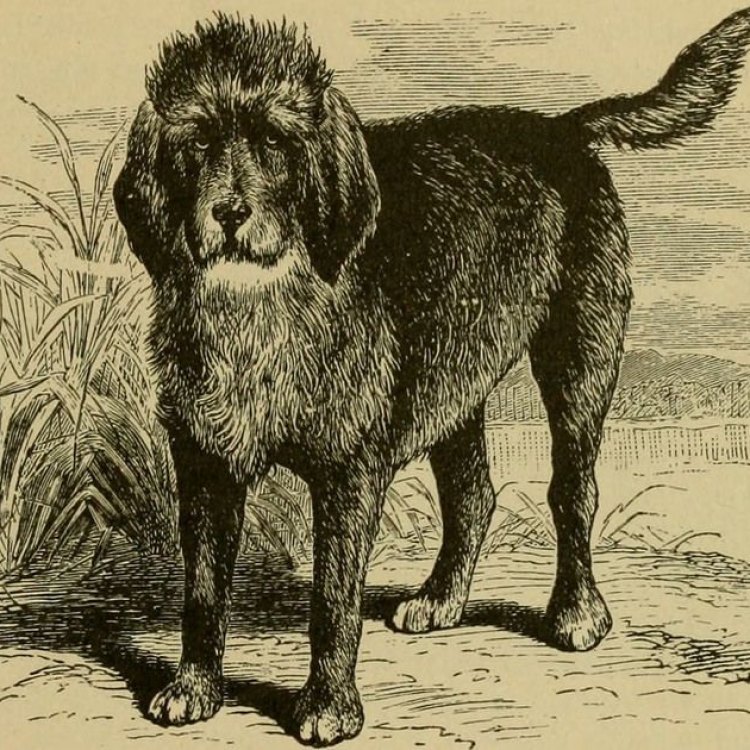
Turnspit
- Adult Size: Medium
- Average Lifespan: 10-12 years
- Reproduction: Sexual
- Reproductive Behavior: Mates with other dogs
- Sound or Call: Barks
- Migration Pattern: Non-migratory
- Social Groups: Pack
- Behavior: Hardworking, loyal, and friendly
- Threats: Extinction due to changing technology and decline in demand
- Conservation Status: Extinct
- Impact on Ecosystem: N/A
- Human Use: Kitchen assistant
- Distinctive Features: Short legs, long body, long-lasting endurance
- Interesting Facts: Used to turn spits in kitchens for roasting meat
- Predator: N/A
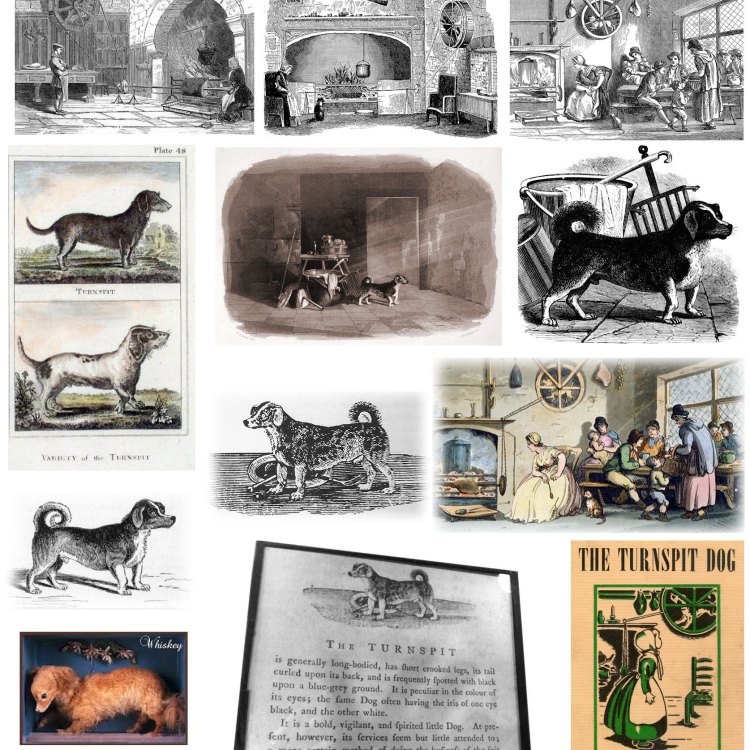
Canis familiaris
The Hardworking and Loyal Canine: The Fascinating World of Turnspit Dogs
In the world of canines, there are a variety of breeds, each with their own unique characteristics and purpose. While some are bred for hunting, guarding, or companionship, there is one particular breed that is often overlooked and even extinct today – the Turnspit dog.A medium-sized dog with an average lifespan of 10-12 years, the Turnspit dog may seem like an ordinary breed at first glance. However, what sets them apart is their fascinating and crucial role in the kitchens of the past PeaceOfAnimals.Com.
The Turnspit's Reproduction and Social Behavior
The Turnspit dog belongs to the category of sexual reproduction, meaning they mate with other dogs. As pack animals, they are known to form strong bonds with their fellow pack members and are highly social creatures. They are loyal and friendly, making them excellent companions for humans.As kitchen assistants, Turnspit dogs were well-trained and well-behaved, with a keen sense of obedience towards their owners. They were also known for their hardworking nature, making them an essential part of every kitchen in the past.
The Unique Features and Threats to Turnspit Dogs
One of the distinctive features of the Turnspit dog is their short legs and long body, which allowed them to run for long periods without getting tired. This feature made them ideal for their specific kitchen duties - turning spits in order to roast meat.However, with the evolution of technology, Turnspit dogs faced a decline in demand as mechanical roasting devices became popular in kitchens. As a result, their population dwindled, and the breed is now considered extinct Texas Rat Snake.
The Impact on Ecosystem and Human Use
While the extinction of Turnspit dogs may seem like it has no impact on the ecosystem, it is, in fact, an integral part of human history and kitchen evolution. Their hardworking nature and unique physical features made them a valuable asset in the culinary world, with their ability to roast meat to perfection.Not only were they useful in the kitchen, but Turnspit dogs also served as companions to their owners, providing them with love and loyalty. They were an essential part of households, and their extinction has left a void in the dog world.
Interesting Facts about Turnspit Dogs
Apart from their significant role in the kitchen, Turnspit dogs are filled with fascinating facts that make them stand out. For instance, they were often referred to as the "cooking dog" or "kitchen dog," highlighting their unique ability to turn spits for hours on end.These loyal canines were also known to have exceptional endurance, which allowed them to keep running for hours without getting exhausted. They were undoubtedly one of the hardest working and underappreciated breeds of dogs in history.
Conclusion
Preserving the history and legacy of Turnspit dogs is crucial in understanding the evolution and relationship between humans and animals. These hard-working, loyal, and friendly canines played a significant role in the culinary world and were a vital part of households in the past.Despite their extinction, Turnspit dogs will always hold a special place in the hearts of dog lovers, and their legacy will continue to live on. So, the next time you enjoy a perfectly roasted meal, take a moment to appreciate the role of these unique and hardworking dogs in the evolution of kitchens.
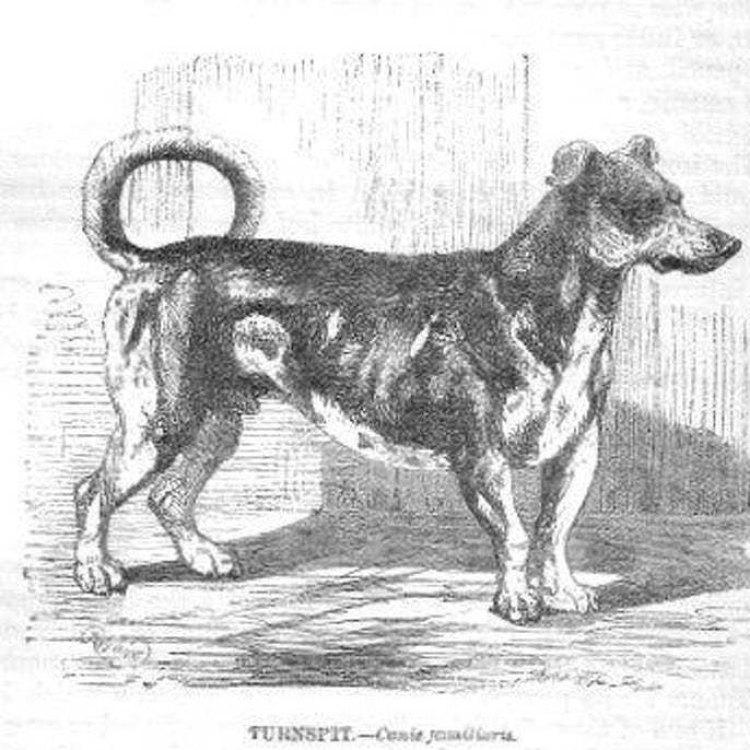
The Fascinating Story of the Turnspit: The Forgotten Working Dog of the Kitchen
Disclaimer: The content provided is for informational purposes only. We cannot guarantee the accuracy of the information on this page 100%. All information provided here may change without prior notice.











